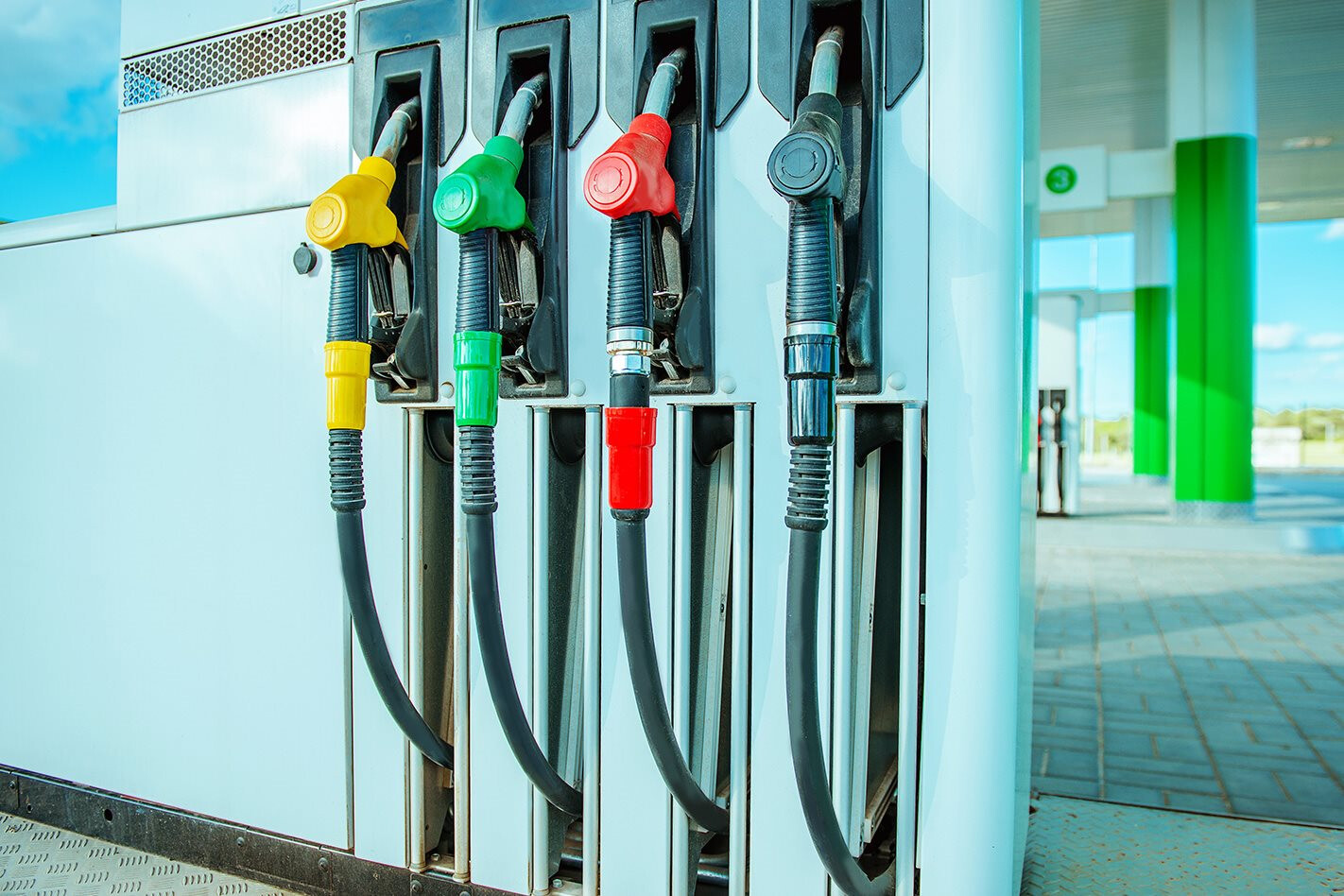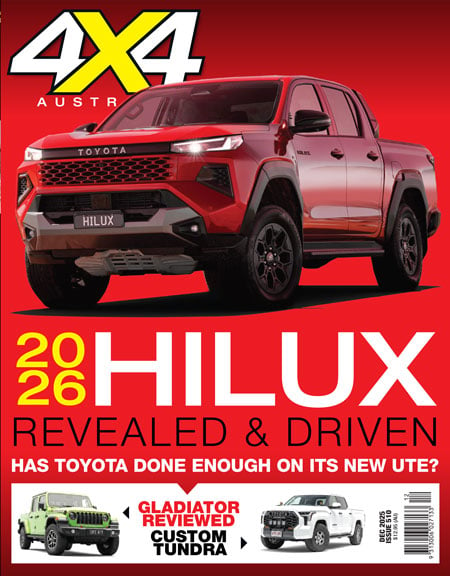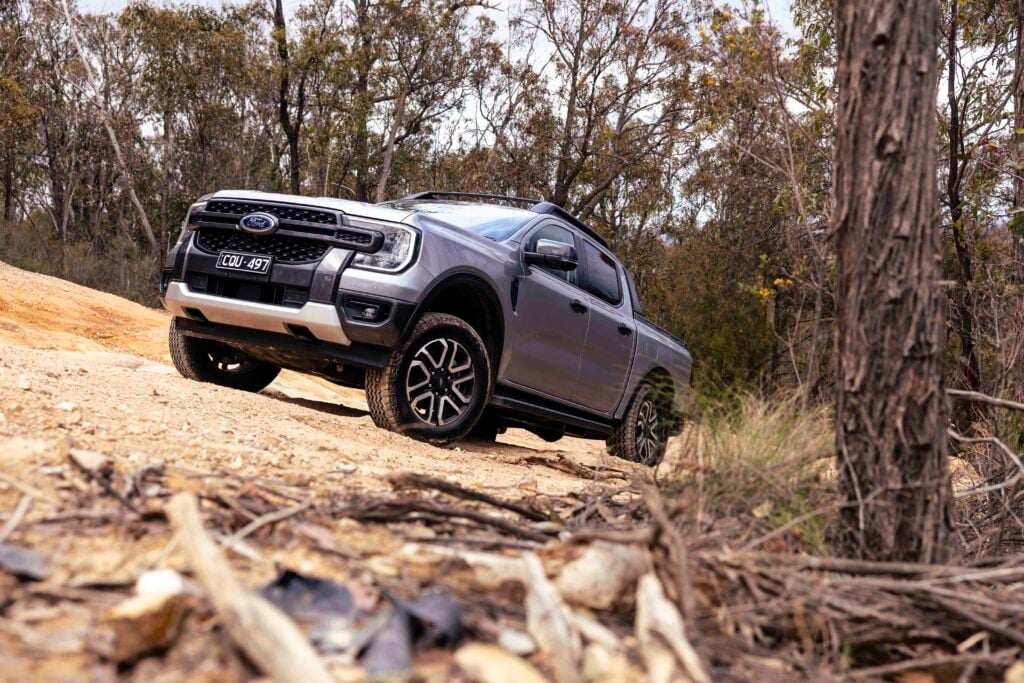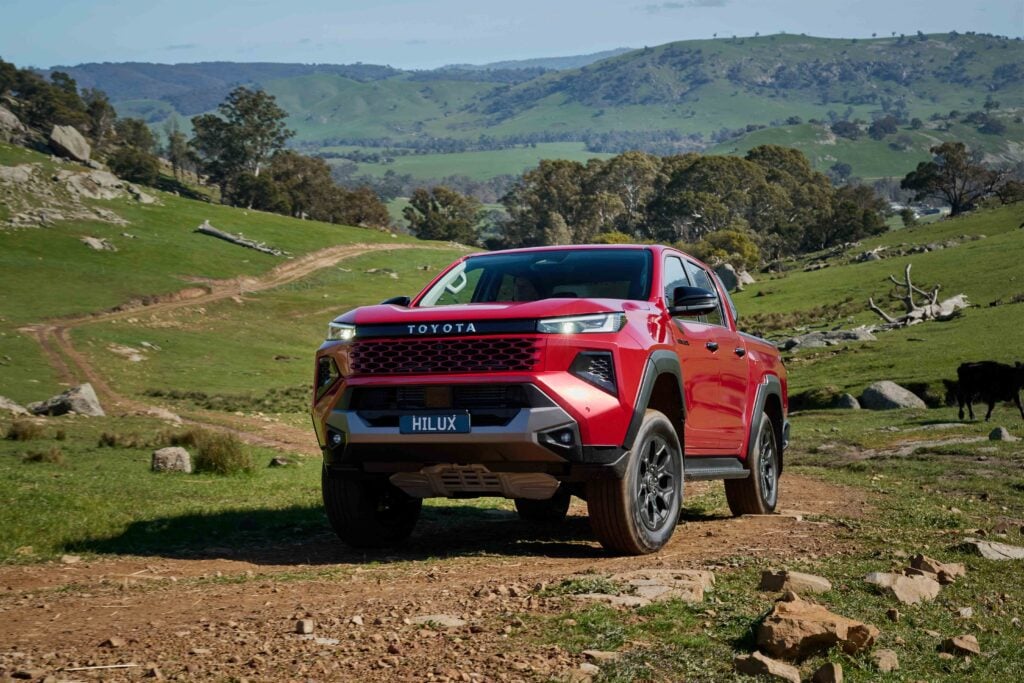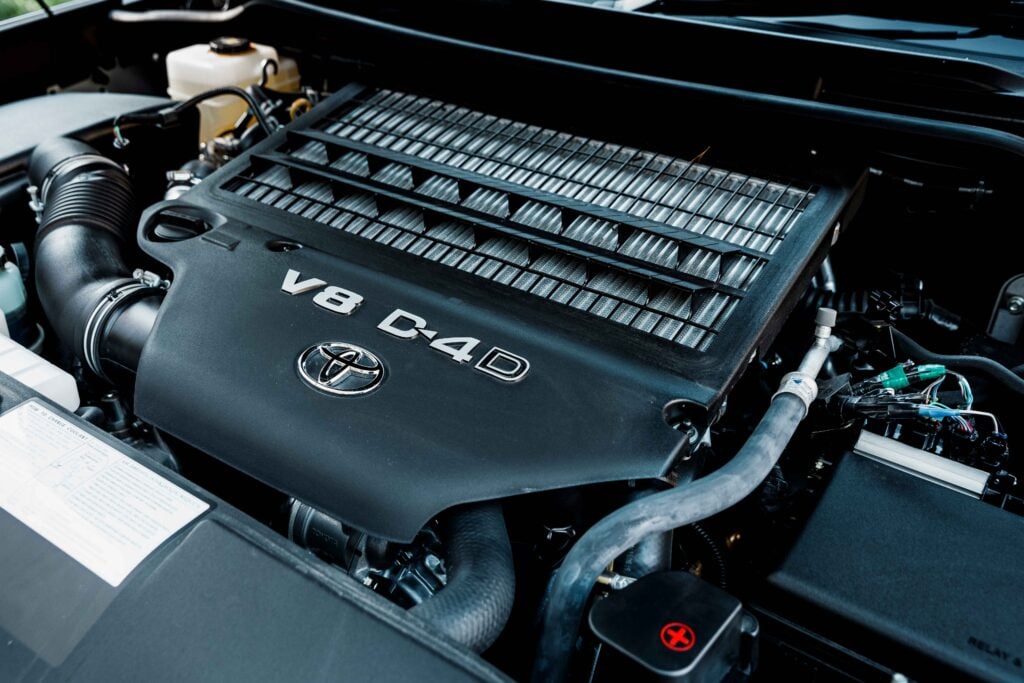THE UK government recently announced it intends to ban the sale of all petrol and diesel cars by 2040.
This followed a similar but slightly softer proclamation by the French government, when it put its car industry on notice towards a 2040 ‘clean-car’ deadline.
Both announcements appear to be more political grandstanding and headline-grabbing than of any great substance, though. No new laws have been passed and neither government may be in power after the next round of elections, let alone 20-odd years down the track.
Plus, the UK ban doesn’t rule out hybrids, which still essentially rely on petrol or diesel power and would – along with electric cars – seem to be the big winner in all of this if such a ban comes to fruition.
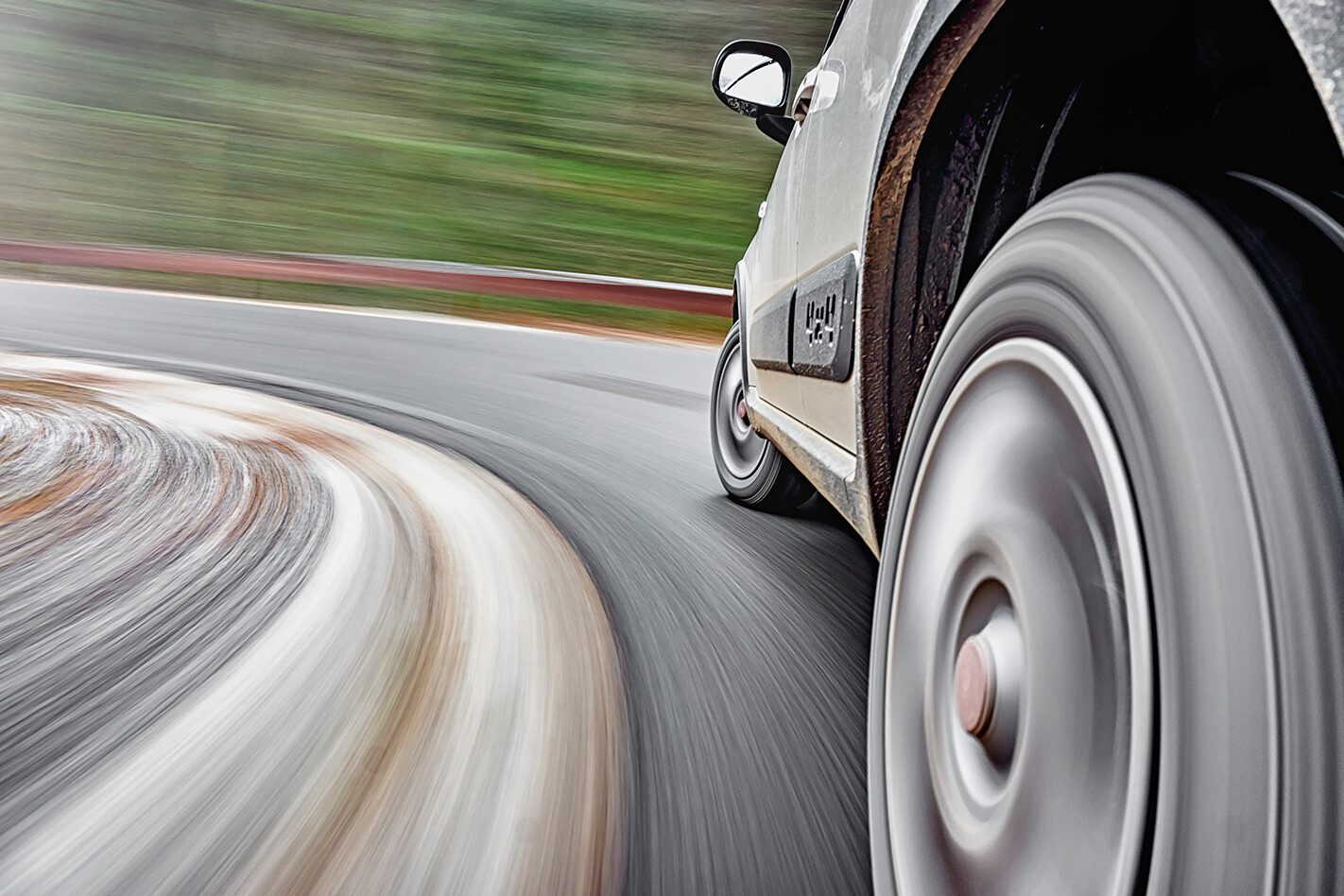
The extra electricity needed to run an electric-vehicle fleet would also be nearly 10 times the output of a new nuclear power station being built in Somerset in southwest England.
According to current indicators, fossil fuels such as coal and gas will still contribute to electricity production in the UK in 2040, which further calls into question the idea of banning cars that run directly on fossil fuels.
What must especially irk the auto industry is that these decisions are being made before the benefit of new, tough and costly-to-comply-with vehicle emission standards – especially for diesel vehicles – has fully played out.
Air currently sampled next to roads in the UK is deemed to be ‘dangerous’ to human health by European Union (EU) standards, but UK roads are still inhabited by mostly older diesels (and older petrol cars) that don’t meet current standards.
Euro 6, the latest standard primarily targeting NOx from diesels, only came into full effect two years ago in the UK, so it’s not going to play a big part yet, given the average age of cars in the UK is eight years and the average lifespan is 13.5 years.
Even the earlier Euro 5, which primarily targeted soot from diesels, has only been fully in play in the UK for six years, so it will benefit less than half of the UK’s current national diesel fleet. No doubt roadside air-quality sampling when the UK’s national fleet is at least Euro 6 or better will tell a different story.
Of course, emissions standards are ongoing and the automotive industry is working hard to meet the even tougher upcoming Euro 7 standard, as it did with Euro 5 and Euro 6. Much of this is about diesel cars, given diesels are currently so popular in the UK and Europe.
Ironically, diesels only became popular off the back of an EU focus to bring down carbon dioxide (greenhouse-gas) pollution in the early 1990s. Diesel engines are far better than petrol engines in terms of greenhouse-gas production, so the EU decided to foster their development.
Normal market trends are also playing their part here, with European buyers starting to turn back to petrol cars thanks to sophisticated petrol-engine technology including direct injection and low-pressure turbocharging, which brings improved driveability and fuel efficiency and is finding its way into more affordable models.
Regardless of the outright ban, diesels may well disappear; many car makers already say that upcoming diesel emission standards are too hard to meet anyway, so come 2040 there may not actually be any diesels to ban.
All this will, of course, trickle down to Australia one way or another. We have already adopted Euro emissions standards – for better or worse – and given we soon won’t have a local industry building and manufacturing cars to our high standards, we’ll have to be content with what’s made overseas.
BACK HOME
FOR the past 20 years Australian vehicle-emissions standards have taken their lead from the United Nations Economic Commission for Europe. The latest of these adopted here, the so-called Euro 5, came into effect locally for all new-design ‘Light Petrol and Diesel’ vehicles in November 2013 and for existing designs of the same vehicles from November 2016.
Light vehicles are anything less than 3.5 tonne GVM, so pretty much everything that’s a recreational 4×4. The main impact of Euro 5 over the previous Euro 4 standard was in the tightening up of the allowable soot (particulate) emission of diesels, a problem addressed via the introduction of diesel particulate filters.
Euro 6, already in play in Europe and soon to be introduced here, calls for a reduction in the output of the various oxides of nitrogen, collectively known as NOx, and brings Selective Catalytic Reduction (SCR) technology, also known as AdBlue. Some locally delivered 4x4s, such as the Ford Everest, already have SCR and meet Euro 6.

